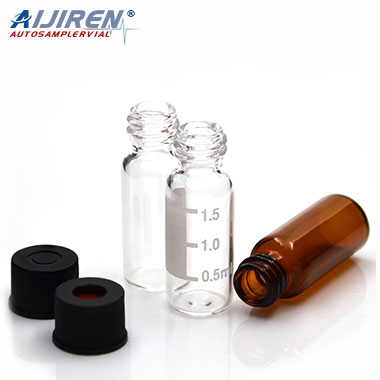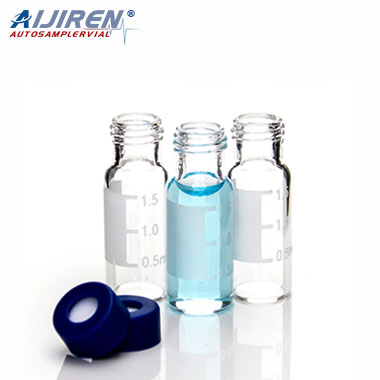Discover how membrane filters purify pharmaceutical API manufacturing wastewater. Learn about RO membranes and advanced filtration techniques.
Discover how membrane filters purify pharmaceutical API manufacturing wastewater. Learn about RO membranes and advanced filtration techniques.
Discover the advantages of membrane filters vs. centrifugal filtration. Explore flow rates and efficiency for precise filtration.
Discover the pressure surge resistance of PTFE syringe filters during filtration. Learn how these filters handle surges for reliable results. Read more.

0.2 um syringe filters are an essential laboratory tool used for sample preparation and filtration in various applications. They provide effective and efficient filtration of particulate matter, bacteria, and other impurities in samples, ensuring that the final product is pure and of high quality. As such, many researchers and scientists rely on 0.2 um syringe filters for their research and analytical work. However, there may be questions about their usage, compatibility, and proper disposal. In this FAQ, we provide answers to some of the most common questions about 0.2 um syringe filters to help users make informed decisions and achieve optimal results.

Syringe filters with 0.22-micron pore size are commonly used for filtering small volumes of liquids in various laboratory applications. They are designed to remove particles, bacteria, and microorganisms from the liquid samples, making them suitable for HPLC, GC, and microbiology applications. In this set of FAQs, we have covered various aspects of syringe filter 0.22 micron, including their applications, pore size, maximum pressure and temperature, compatibility with solvents, and storage.